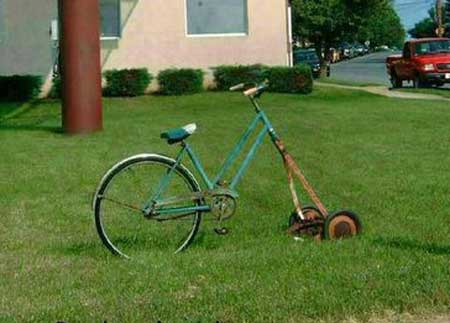
Alex Osborne an advertising executive in the 1940's came up with a technique for helping kick start the creative process. It is a simple approach and has proven effective in those quiet moments during a brainstorm when people begin to dry up with ideas. It isn't only useful in brainstorming it can have many applications in innovating new ideas and improving on existing ideas as well.
The technique has been summarized in the acronym SCAMPER.
S = Substitute
Can something be substituted for something else. Is there the possibility of replacing the rules, or the system.
C = Combine
Better know as synthesis how can related or unrelated items be brought together and mixed to create a new whole or part.
A = Adapt
Adaptation may mean looking out into the World an seeing if there is anything else that exists that already does something similar that can be tweaked or adapted to work for our situation needs. Maybe it can build on the work of something or someone else outside your current domain.
M = Magnify or Modify
simply, what can be made larger or extended. Is there a way to increase frequency. I would also consider the reverse can something be made smaller and reduced. Think scales and proportions. Like Charles and Ray Eames factors of 10. Can something be modified and given a new twist, what can be changed.
P = Put to other uses
Is there the possibility of putting something to a new use. How might you use it in another context. Is there another material that can alter its use.
E = Eliminate
Trim away excess, minimise. What if it were smaller. What if it was divided into many parts. What rules can be eliminated.
R = Rearrange or Reverse
What other arrangements might be better. Different patterns. Swap components. Reverse the context. What is the opposite. What are the negatives. Turn it around, upside down. How might it be unexpected.
The concept is based on the idea that everything is an addition or modification of an existing thing. Under these premise applying these thinking ideas should get things rolling again.



